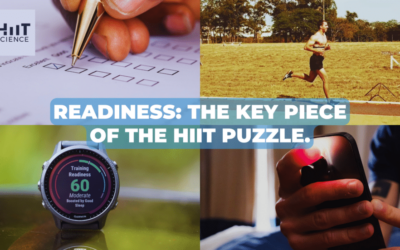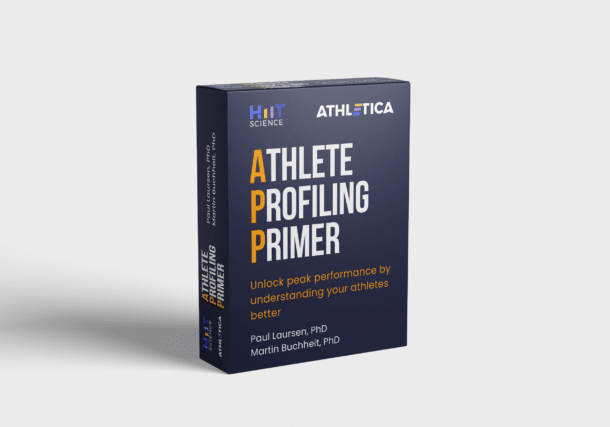The best test to program HIIT
The 30-15IFT is the only field test that can be used to assess both an athletes’ high-intensity intermittent exercise performance capability while simultaneously attaining relevant data to be used for short interval HIIT programming. Full stop. Since performance during the test is a strong reflection of both the locomotor and metabolic profiles of an athlete, using the velocity achieved in the final stage of the 30-15IFT (VIFT) as a reference speed for run-based HIIT prescription allows for tight individualization of metabolic and perceptive training load when performing short interval HIIT.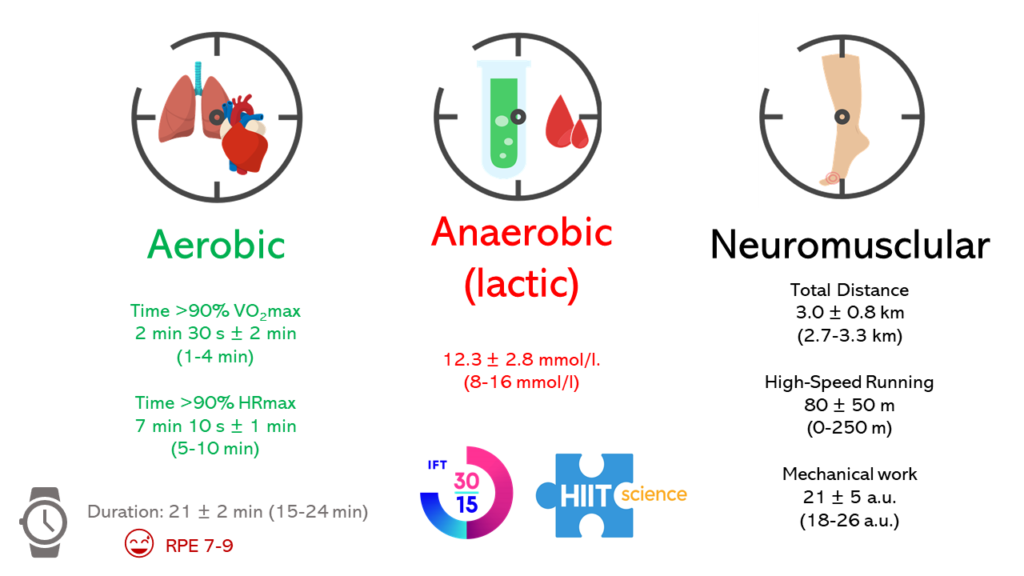
Figure 1. Typical aerobic, anaerobic and neuromuscular loads (internal & external) associated with the 30-15IFT.
Integrate into your training week and session
When it comes to programming the 30-15IFT within a typical training session of the weekly microcycle, both the internal and external load achieved from the test (Figure 1) can replace that of a specific technical/tactical sequence. This can be highly convenient, and can often be programmed as early as the 1st or 2nd week of pre-season (i.e., Figure 2 and 3).
Figure 2. Total distance (TD), mechanical work (MW), time above 90% heart rate max and high speed running (HSR) associated with typical team sport training content and integration of the 30-15IFT in a weekly microcycle.
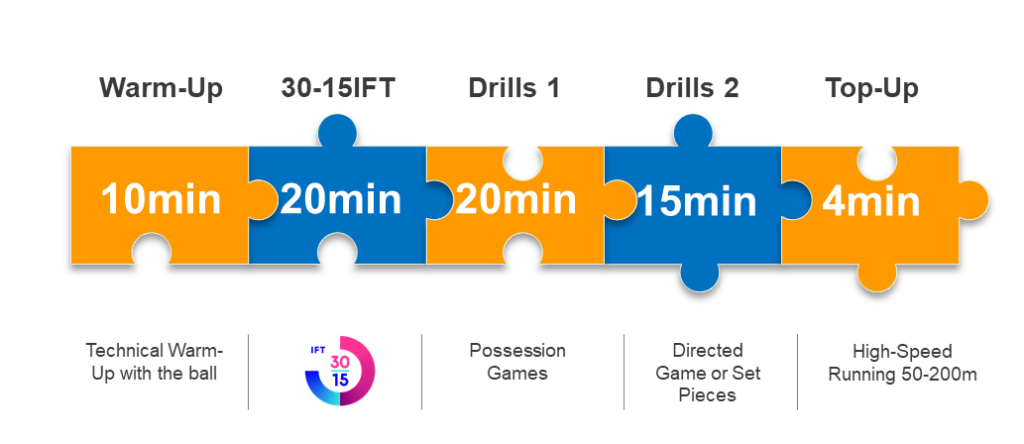
Figure 3. Suggested placement of the 30-15IFT for a typical team sport training session such as that shown in Figure 2.
Great sensitivity to training
As we often say — measure what matters. And here with the 30-15IFT, we have a test and a result, where changes of between 1 and 1.5 km/h in VIFT can be considered as meaningful at the individual level. Moreover, HIIT supplementation often leads to 1 to 1.5 km/h improvements in VIFT, with unlikely further benefits beyond training periods of longer than 2-4 weeks (4-8 sessions; Figure 4).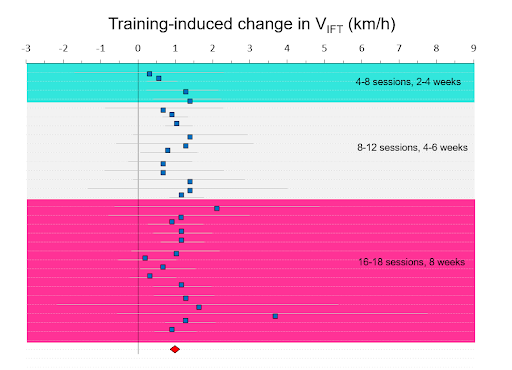
Figure 4. Training induced changes in VIFT after 4-8 sessions, 8-12 sessions and 16-18 sessions.
As nothing is perfect, research is still needed…
We often read just that, but its really true. More research is needed to understand the benefit of prescribing HIIT using VIFT versus the entire locomotor profile [i.e., maximal aerobic speed (MAS), maximal sprinting speed (MSS) and the anaerobic speed reserve (ASR)]. In theory, results should be pretty similar given the fact that MAS and MSS together accurately predict VIFT, and since VIFT also integrates COD ability. In fact, it could even possess superiority to the MAS + MSS combo. But we need help from the research community to know. Practical considerations, such as and the ability to test MSS and/or use a linear and continuous MAS test may pose more decisive factors in this regard, with the decision left to practitioners within their own context at the end of the day.Conclusion
It has been a solid 20 years for the 30-15IFT, and we look forward to watching it continue to grow over the next 20. Thanks for your help along the way.References
- Bok, D and Foster, C. Applicability of Field Aerobic Fitness Tests in Soccer: Which One to Choose?J. Funct. Morphol. Kinesiol. 2021, 6(3), 69; https://doi.org/10.3390/jfmk6030069
- Buchheit, M, Dickmen, U Vassallo, C. The 30-15 Intermittent Fitness Test – two decades of learnings. SPSR, 2021.
- Laursen & Buchheit. Science and Application of High-Intensity Interval Training (HIIT): Solutions to the Programming Puzzle. Human Kinetics. 2018.



